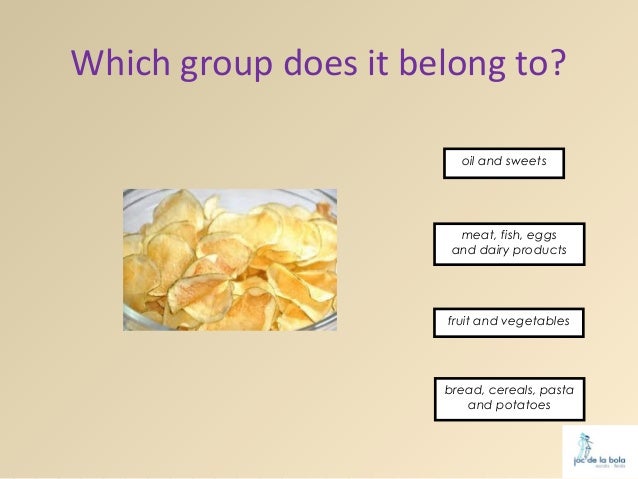
However, these pseudo-warts consist of abundant pointed shoots compacted together. Similar diseasesSimultaneous germination of all buds in one eye results in wart-like outgrowths very similar to those caused by S. endobioticum (Przetakiewicz 2015b, 2016). After 43 years, in favorable conditions, disease may develop even from single spores of S. The spores can survive for a long time without plant hosts. They are usually spherical to ovoid in shape and 24–75 μm in diameter with thick-walled (triple wall) structure, which is ornamented with irregularly shaped wing-like protrusions. Winter (resting) sporangia (image above) are the dormant structures by which the fungus disperses to establish new infections.In appropriate conditions after isogamy of haploid zoospores to diploid zygotes which are able to infect host cells and form winter sporangia which are embedded deeper into the host tissue than the sori (always on the surface). Summer sporangia (image above) have a thin cell wall and form haploid zoospores which are emerging and steady reinfection of the host tissue like sprouts, tubers, eye tubers, stolons, and roots (only in tomato) (Przetakiewicz 2014a).endobioticum produces two different kinds of sporangia in the galls. Thick-walled winter sporangia of pathotype 8(F1) in wart tissue of cultivar Sonda.After infection, S. Thin-walled summer sporangia of pathotype 3(M1) are enclosed within one membrane forming sorus on surface of wart tissue of cultivar Asche Sämling. Summer (left) and winter (resting) sporangia (right) of Synchytrium endobioticum. The fungus does not form hyphae but forms sporangia that produce about 200–300 motile zoospores (Obidiegwu et al. The pathogen is a primitive fungus which stimulates its host to produce hypertrophic outgrowths on young potato organs, such as eyes, sprouts, young tubers, stolons, stems, leaves, and even flowers but never roots. Cultivated potato (Solanum tuberosum) is the primary host, but the fungus, under experimental conditions, can also infect wild species in genera Capsicastrum, Duboisia, Hyoscyamus, Lycium, Nicotiana, Nicandria, and Physalis (Obidiegwu et al. endobioticum is an obligate soil-borne biotrophic fungus which is considered to be the most important worldwide quarantine plant pathogen of cultivated potato.

The disease is also known by various common names like black wart, cauliflower disease, warty disease, potato tumor, potato cancer, black cancer, or black scab. endobioticum the causal agent of potato wart disease. All species of the genus Synchytrium are parasites but the most important economically and phytosanitary is S. The genus Synchytrium included about 200 species which are endobiotic halocarpic organisms that have inoperculate sporangia. Nowadays, Synchytrium endobioticum (Schilb.) Perc., belongs to Fungi Kingdom, phylum Chytridiomycota, order Chytridiales, family Synchytriaceae, genus Synchytrium, and species endobioticum. In the older classification this species has been included to Protista Kingdom.

In 1876, potato wart disease was found for the first time in the UK (Hampson 1993 Flath et al. In fact, the pathogen was known firstly in Europe.

The pathogen causing potato wart disease, Synchytrium endobioticum (Schilb.) Perc., was first discovered by Schilberszky in Hungary. The author of this content is Jaroslaw Przetakiewicz Causal Organism (2020) Fungal, Oomycete, and Plasmodiophorid Diseases of Potato.

Scientific description of Potato Wart Disease (2020)Based on Adolf B.


 0 kommentar(er)
0 kommentar(er)
